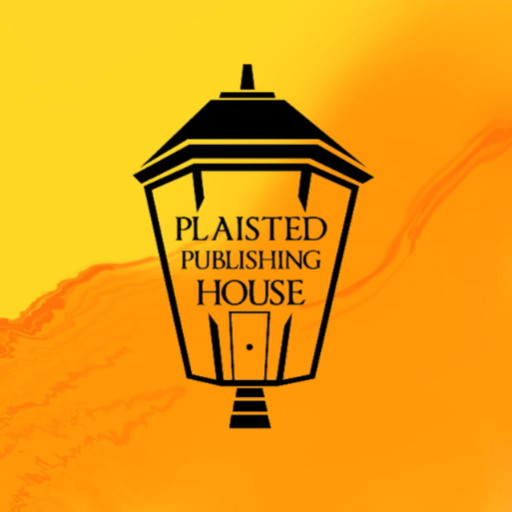Interior Design – Fonts and Genre you Write

![]()
Nothing is FREE when you publish independently unless you’re a tech expert and know everything. EDITING, INTERIOR DESIGN (Formatting) BOOK COVERS & MARKETING, etc. Can you do everything? I know I can’t which is why I use CONTRACTORS for my manuscripts and developed a business to help other Independent Authors.
I’ve seen so much BAD INTERIOR DESIGN, it makes me want to leave reviews with one, two or three stars. Never mind the lack of flow and EDITING in stories I try and read, along with BOOK COVERS. The worst part is, most of these books could be saved with some professional help.
This post is about INTERIOR DESIGN, something I love to do. In fact I’m pedantic with formatting books, be it choosing a paperback size, a FONT for headings and Chapters, INDENTS or an image to use as a break between paragraphs. It all makes a difference and those little STARS used as breaks are—in my opinion about as unprofessional as you can get.
FONTS
The fonts an author uses for Titles, Author Name and Chapters can be hard to choose. However, I like to look into the genre of a manuscript when making a choice with my own work and I advise my clients what may work for their story.
When writing romance I’d chose a type of Calligraphy with swooping curves that draws the reader to the book cover, catches the eye though readable. Some of these fonts can be over the top and unreadable. Leave those well alone. For Romance I like Tangerine. Not overly fussy like some Scripts and is FREE for commercial use.

For Horror, Thriller and Ghost Stories who want something that looks a bit scary. One of the ones I like is Chiller, though if you look online you can find plenty to use. Make sure the fonts are FREE and can be used Commercially or you could be sued for Copyright Infringement.


Murder and Mystery fonts can stay with the romance or thriller fonts there again, what about the age group you’re writing for? What would you use for a book aimed at Teens or Young Adults? Something simple or…Scooby Do…ish? Like the one below.

How about this one?

There are so many different fonts to use in your writing which could attract readers to your work. Think carefully before you choose what to use. Talk to your graphic artist about the font to use on your book cover (if you’re contracting out to someone), they know the ropes on what to use. Some of these can be used in the interior in the front matter of the manuscript as well as Chapter Headings. Think outside the square and be daring.
All the above fonts are for commercial use and downloadable at 1001 FONTS.
FONTS FOR BODY TEXT!
Nothing is simple, though the body of the text is much easier to decide. It has to be readable to the literacy age of the person you’re marketing your books to – better known as your audience. Most authors of adult books use Times New Roman size 12. It’s generic and usable in most books. Some in the book industry tell you not to use this font, ever. However, like everything with Independent Publishing, it is up to you, the writer. Always do your research and ask others who have been publishing for advice. Everyone has an opinion. Some authors decide to blend their Title and Chapter Fonts with the body text, this can mean decided the line spacing is different as well.
I use Garamond size 12 at 1.08 – 1.15 cm spacing. When it’s an indented line I use 0.3 – 0.5 cm indents, this is decided on the size of the paperback you are making, the smaller the paperback size the smaller the indent. Putting it mildly it looks ridiculous with large indents in a pocket book. I find Garamond is easy to ready and goes with all the Title and Chapter Font’s I use. However, children’s books are totally different.
Childrens’ books should always have a bigger font size, so as they learn to read they can follow the words with a finger underneath the sentence. This also means your spacing can be bigger. There is one font I love for childrens’ books and it’s close to how children form their letters when they first learn to write. Comic Sans size 16 (at least) with spacing at 1.15 – 1.5 cm. The spacing depends on the literacy age of the children or even the adult who is learning to read or reading a new language, after all, English isn’t everyone’s first language and it is a complicated language to learn due to word usage.
Remember to do your RESEARCH and have fun with your creativity!


2 Responses
Interesting and useful!
Thank you. Personally I tend to leave the font for book covers to my graphic designer though I love to play with chapter fonts 🙂